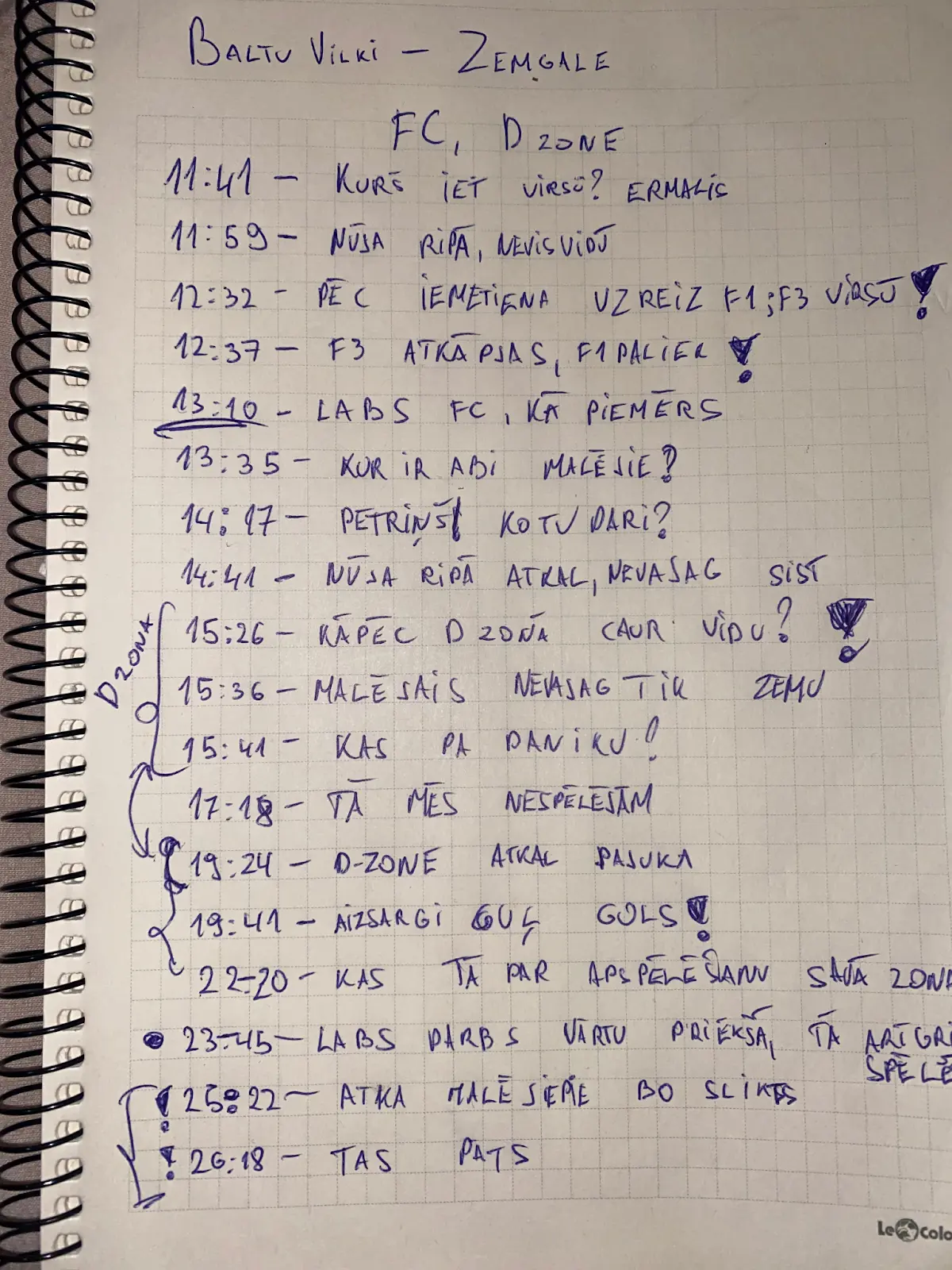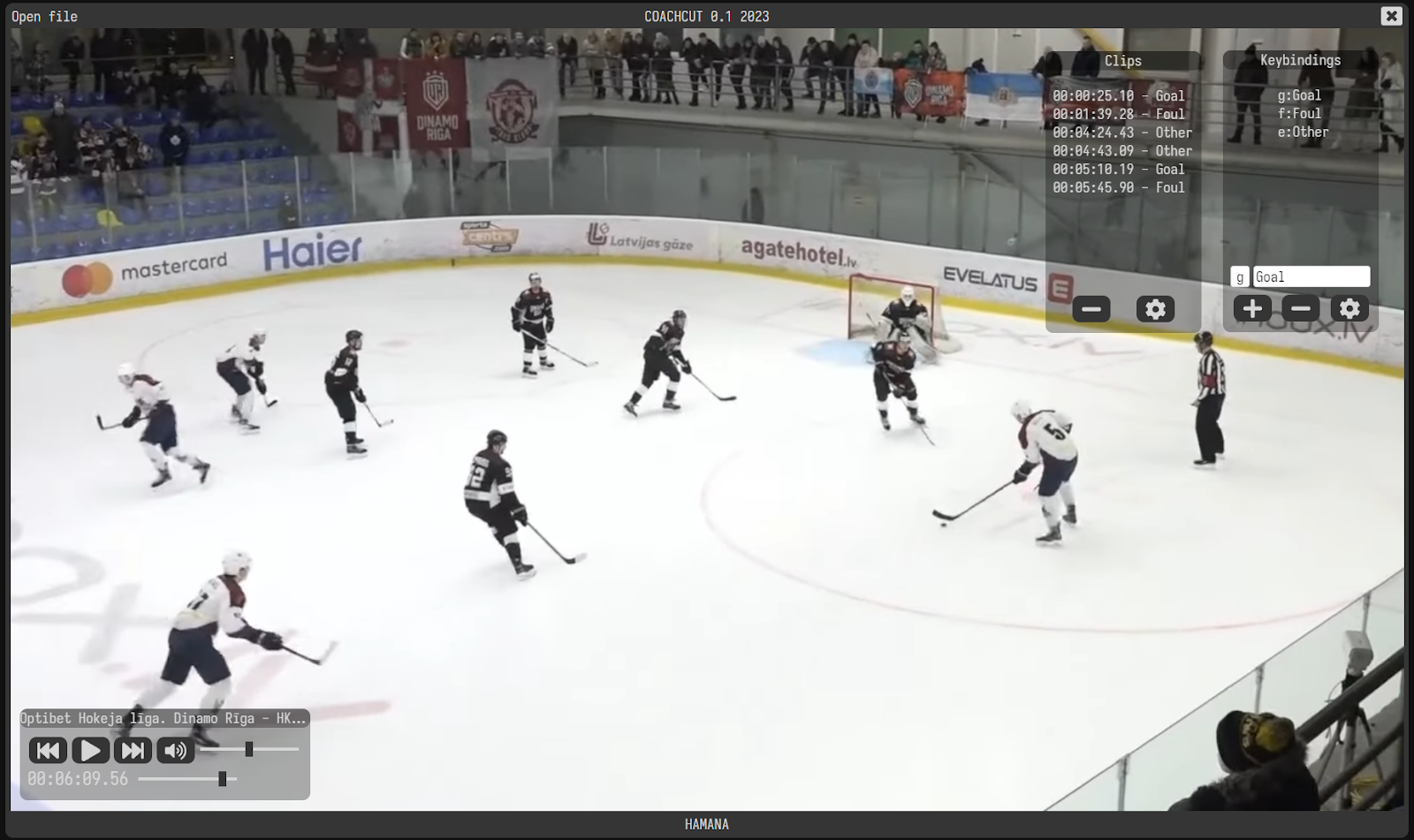I’ve been working as a hockey coach for several years now. I started out as an assistant coach, balancing my time between coaching and studying business at university. Back then, I wasn’t directly responsible for game analysis my limited free time spared me from it but even as an observer, I found myself frustrated by the inefficiency of the process.
The Outdated Way of Analyzing Games
Game analysis meetings typically went something like this: the team would gather in a room at the ice rink. The coach would connect his laptop to the TV, open YouTube, and reference timestamps scribbled in a notebook to review mistakes. Sometimes the timestamps were loosely categorized, but disruptions were common, especially with the unreliable internet at the rink. What struck me even then was how time-consuming and unoptimized this process was. Studies suggest team meetings especially for youth teams should last no longer than 15 minutes. For that to happen, the coach needs an efficient system for preparation, but this method just wasn’t cutting it.
When I Became the Head Coach
When I stepped into the role of head coach for a youth team, the responsibility for game analysis fell squarely on my shoulders. At the time, I was juggling multiple commitments—coaching, studying at university, and playing hockey semi-professionally. Analyzing a single 20-minute period would take me nearly an hour. A full game analysis? At least three hours. Realistically, I only managed to do one full game analysis during the entire season because it was so exhausting and time-consuming. I’d lose focus, constantly switching back and forth between the game footage, my notebook, and my color-coded timestamps.

Trying to Find a Better Way
Determined to improve my workflow, I experimented with different methods. I bought a second monitor so I could watch the game on one screen while sorting screen-recorded clips into folders on the other. It seemed like a step forward, but it brought its own frustrations. I had to manually rewind the footage to capture the moments I needed, and afterward, I’d still have to compile the clips using Sony Vegas just to prepare for team meetings. While this eliminated the need for an internet connection at the rink, it ended up being even more time-consuming than my original notebook-and-pencil approach.
Exploring Existing Tools
I started looking into professional software used by other coaches. Some programs designed for pro teams were wildly expensive thousands of euros for a license, with hundreds more in yearly renewals. That was simply out of reach for a youth coach like me. I also tried more affordable options, around €20 a month, but even those were disappointing. Despite being fairly tech-savvy (I’ve worked in the IT industry), I found myself struggling to use these tools. Their cluttered interfaces were filled with features I didn’t need, designed more for professional teams than youth coaches.
As a test, I asked my software engineer friends to try setting up these tools. If I was struggling, surely they’d find it easy, right? Nope. Even they were frustrated by the complexity. That’s when it hit me: if software engineers can’t figure this out quickly, how could a youth coach who isn’t tech-savvy possibly manage?
The Birth of CoachCut
I shared my frustrations with those same friends and asked them: “Would it be possible to create a game analysis tool that’s simple, intuitive, and tailored for youth coaches?” A tool that would let me:
- Create clips quickly using keybinds.
- Export clips easily without editing skills.
- Sort clips by categories for better organization.
- Present clips effectively using drawing tools and a presentation mode.
Their answer? A confident yes. And with that, the idea for CoachCut was born.
And here you can see our first prototype in action a straightforward tool designed to help coaches quickly cut clips and categorize them efficiently, laying the foundation for what CoachCut would become.

Our Mission
CoachCut was created to solve the very real problems youth coaches face every day: limited time, limited resources, and a need for simplicity. We’ve built a tool that makes game analysis faster, easier, and more accessible for every coach, no matter their level of expertise.
This isn’t just a product – it’s a solution born out of frustration and designed with love for the game. And we’re just getting started.